Your support helps us to tell the story
From reproductive rights to climate change to Big Tech, The Independent is on the ground when the story is developing. Whether it’s investigating the financials of Elon Musk’s pro-Trump PAC or producing our latest documentary, ‘The A Word’, which shines a light on the American women fighting for reproductive rights, we know how important it is to parse out the facts from the messaging.
At such a critical moment in US history, we need reporters on the ground. Your donation allows us to keep sending journalists to speak to both sides of the story.
The Independent is trusted by Americans across the entire political spectrum. And unlike many other quality news outlets, we choose not to lock Americans out of our reporting and analysis with paywalls. We believe quality journalism should be available to everyone, paid for by those who can afford it.
Your support makes all the difference.
Crimea is footnoted in British history for Cardigan and the disastrous Charge of the Light Brigade. To Vladimir Putin it’s where history itself must turn.
Donald Trump, taking an 18th century approach as a might-is-righter, has said that the peninsular was captured without a fight by Russia from Ukraine and therefore should stay in Putin’s fist.
Of all the 20 per cent of Ukraine’s territory taken after Russia invaded Crimea in 2014 and launched its wider Anschluss in 2022, Crimea is the greatest Russian prize.
Whoever controls Sevastopol is likely to dominate the Black Sea and the Sea of Azov. Outside of Tartus, which Russia lost recently in Syria, it is – or was – Russia’s only warm-weather port.
Moscow’s claim to it has been undermined by the fact that it was ceded to Ukraine under the Soviet Union in 1954. The claim, now enshrined in an illegal annexation of Crimea into the Russian Federation, is further underpinned by waves of Russian settlement and forced removal of local people over at least two centuries that have left it with a Tartar heritage by a Russian ethnic and linguistic majority.
After 2014 it was common in Moscow’s bars and restaurants for people to remark how happy they were for it’s “return” amid rose-tinted memories for sunny beach holidays in a former colony.
They’ve forgotten the Holodomor, when decisions from Moscow led to millions of Ukrainians starving. They’ve ignored the uprisings against efforts to eradicate every trace of Ukraine’s language, its history, and its culture under Russian rule from the Tsars to Stalin and Putin. The mass deportations of Cossacks from their homeland to Siberia? Not even a nod.
Trump won’t know any of this either. Despite his plea to Putin for an end to airstrikes against Ukraine in the wake of a deadly attack on Kyiv into Thursday – writing “Vladimir, STOP!” on social media – all Trump cares about is this war being over, no matter the cost to Ukraine’s history and future.
The latest chapter of Russian aggression was unleashed when “little green men” – Russian Spetsnaz special forces commandos – used the Russian navy presence, on a leasehold, in Sevastopol, as a bridgehead to seize the peninsular in 2014.
It was launched following a well tested Putin programme which he had pioneered in Georgia. Russian speaking residents of Georgia, and Ukraine (including Crimea) were encouraged to complain about discrimination on the basis of their heritage. In Post Soviet nations many missed the certainty that being Russian brought. They resented finding themselves in junior new states, and in a minority.
In Crimea, their complaints served as an excuse of a rescue mission. Simultaneously Moscow-backed “separatists” in Ukraine’s east also rose and demanded autonomy from Kyiv. Putin sent in Cossacks from Rostov, Slav nationalists from Serbia, and reinforced the “uprising” with regular Russian forces.
In Kramatorsk, in Donetsk region neighbours turned on each other the police split into rival loyal or pro-Putin factions. I picked my way through the provincial capitol on floors slippery with spent machine gun rounds not long after Crimea fell.

The town, 90 per cent Russian speaking, drove out Russian sympathisers and remains a battered and bloodied provisional capital of a province now illegally annexed by Putin. Donetsk, the original seat of government is now ruled by Moscow’s proxies on the other side of the front line after intense and bloody fighting.
Putin’s expansion of territory in 2014 could not have been achieved without the bridgehead of operations being established in Crimea. It was even more crucial to his full scale invasion of 2022.
He used the peninsula as a logistics hub, building a bridge to the Russian mainland to supply the forces her has crammed into the arid region.
Moscow, following conventional doctrine, destroyed most of Ukraine’s navy there and used Sevastopol as its main base.
The Kremlin’s admirals didn’t reckon on Ukraine’s innovation. It’s navy now reduced to a handful of small craft it switched to missiles and drones. First sinking the pride of the Black Sea Fleet, the Moskva, before using drones to batter Russia’s navy out of Ukrainian occupied areas and into its home ports.
If Moscow’s allowed back into Sevastopol, as Trump would want, Russia’s naval reconstruction and regeneration will continue apace and in now time assume total domination again.
Meanwhile Crimea remains in Russian hands and the main source of rockets and missiles fired against Ukraine, Russia’s main base for air defences, and its command and control hub for the whole Ukrainian campaign.
That’s why it matters to Putin. And now Trump.
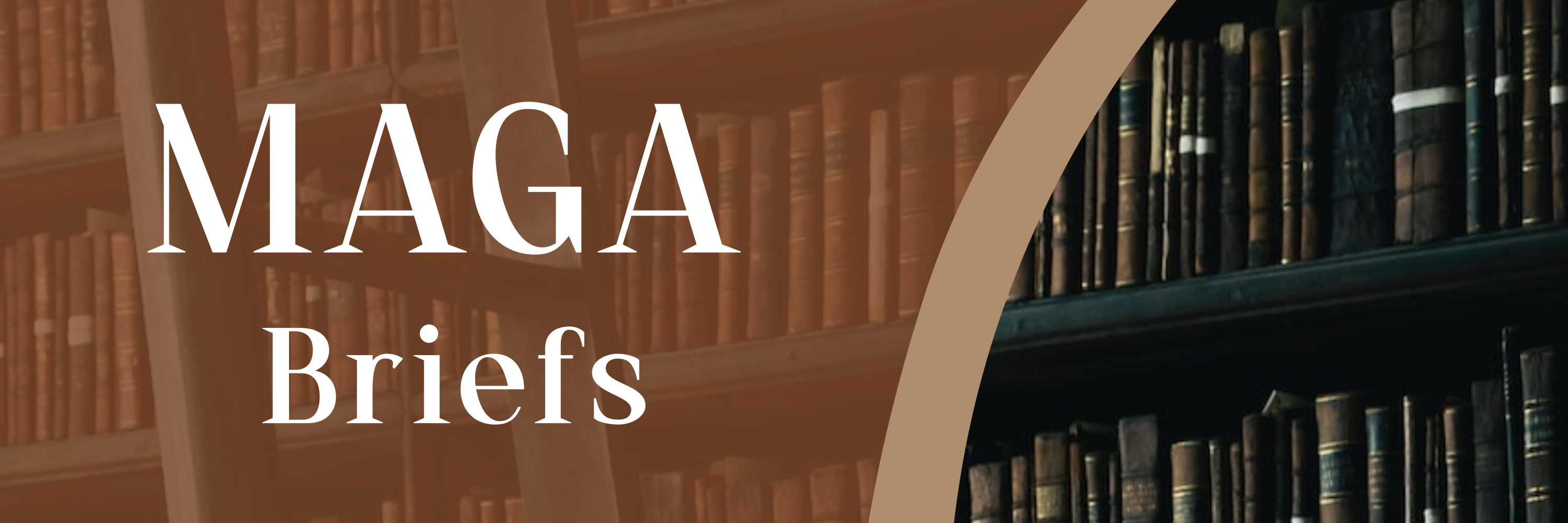



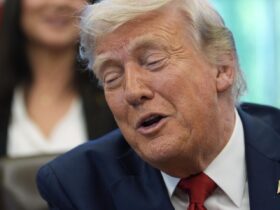
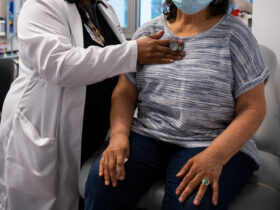

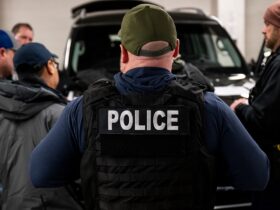
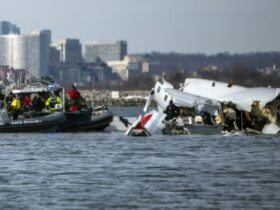


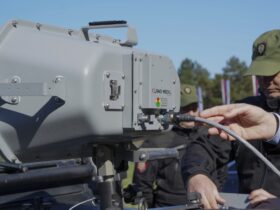
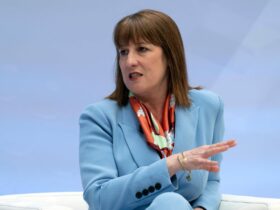
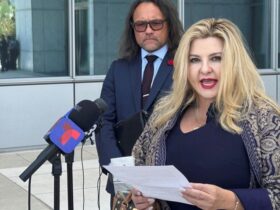


Leave a Reply